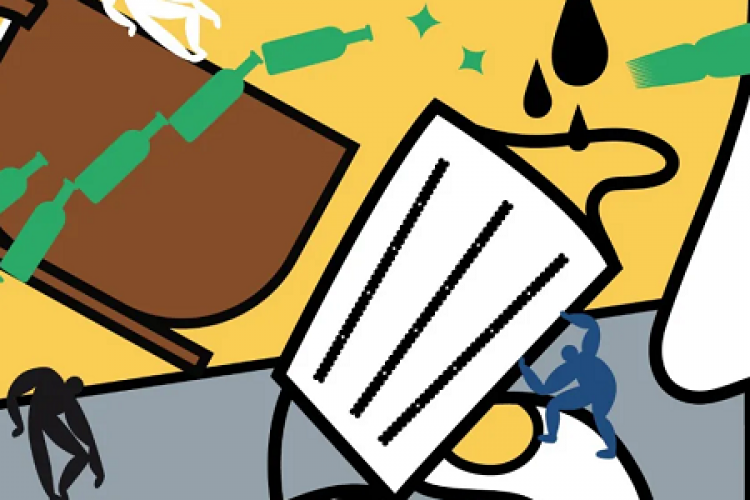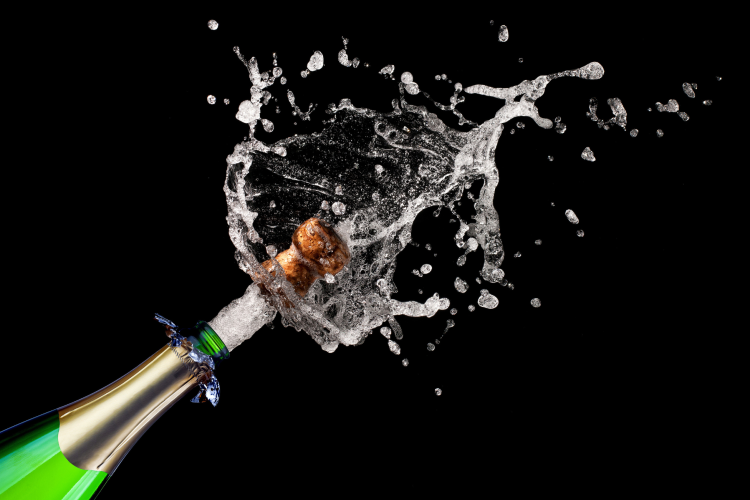Moving from Mao: Karen Smith on Liu Heung Shing’s images of change
Liu Heung Shing is a living legend in Chinese photography circles. The Hong Kong-born photographer took his first professional images in China following Mao’s death in 1976, and over the following seven years produced an extraordinary body of work capturing daily life in a rapidly transforming nation.
A collection of Liu’s images from 1976-83 have been selected by another legend of the Chinese art scene, British art critic and curator Karen Smith, for the Seek Truth from Facts exhibition currently on at the Three Shadows Photography Art Center. Dan Edwards spoke to Karen about the special qualities of Liu’s work, and what his images tell us about contemporary China.
Can you describe in a few words what makes Liu’s work special?
The fact that he focused on daily life at a moment when it was experiencing a radical shift in emphasis, before almost anyone else had woken up to this fact and what it might mean for the future.
How did you come to curate Seek Truth from Facts?
It followed on from an exhibition with the book China, Portrait of a Country, which I curated for Liu Heung Shing at Today Art Museum last December. That was a tough task as the works covered almost 60 years and a vast array of topics. The task here was specific, with a focus on the shift from the Mao era.
Liu must have a vast number of images from the years 1976-83. On what basis did you select pictures for the show?
He did, but unfortunately many were lost along the way, though there is still a fine body of work to choose from. Although Liu was a photo-journalist when he took these images, they differ from his later works, such as those on the collapse of the Soviet Union, in that they are photographs in the traditional sense – the “news” element is subtle. He still speaks of his approach as “political reporting” but this is only really obvious to someone intimately familiar with the era. At the same time, the simple situations of daily life he captures speak volumes about the times – the relationships, attitudes, and emotions.
In selecting works, I put the focus on the Zeitgeist of those years and specific themes: daring forms of new expression; new vocations from the first modern advertising hoarding in Beijing to the Shanghai auto plant; people beginning to feel the pinch in the countryside; love and romance; and the flourishing new realm of culture...
From the perspective of 2009, what do you think these images tell us about the late 70s-early 80s period, and how do they differ from “official” images of the period?
I think they tell us the “truth” about the era in the factual evidence they put before our eyes. People who lived through that era all attest to the accuracy of the scenes as being a genuine common experience. The photographs differ from official versions because they don't attempt to articulate an ideology from a singular perspective. There's no gloss here, just another side to the same story – unvarnished, to the point, and with a certain humor or irony.
More than anything, the photographs reveal just how far China has traveled in three decades. The swiftness of the change is seen early on – say in the image of the peasant in E’meishan with the portrait of Mao placed above his head and behind a stack of shoes. It’s hard to imagine such a placing while Mao was alive. Then there’s the young girl and group of boys on the beach at Beidaihe – you don’t see too many pictures of Chinese people looking that relaxed and happy even today.
Seek Truth from Facts has attracted quite a different audience to earlier exhibitions at Three Shadows. Was the exhibition a deliberate attempt to attract a broader audience?
I was aware that this show would perhaps find its greatest audience amongst ordinary people – we saw that with the China, Portrait of a Country exhibition at Today Art Museum. Photography is perhaps the most accessible medium for the general public. Three Shadows is a significant venue for photography, so I hope it can achieve the best of both worlds.
“Seek Truth from Facts”: The Seeds of Change, Photographs by Liu Heung Shing 1976-1983 is at the Three Shadows Photography Art Center until September 19.






